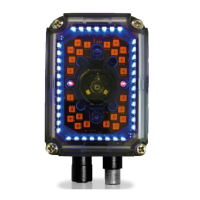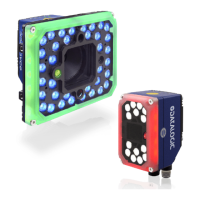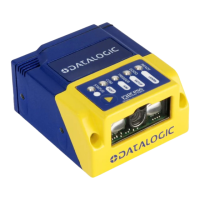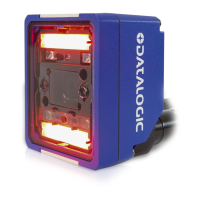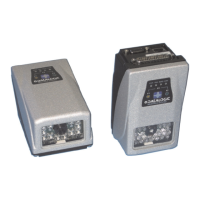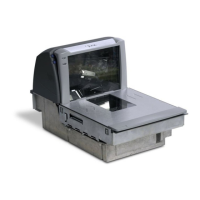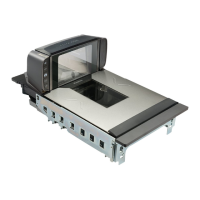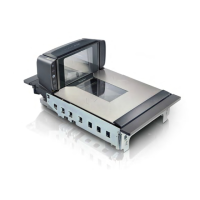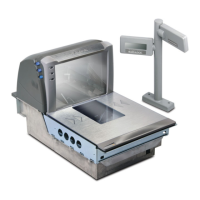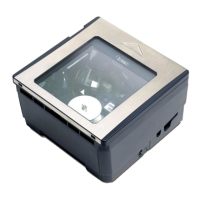6.3 READING DIAGRAMS
The following reading diagrams are to be considered as references and are given for
typical performance at 25°C using high quality grade A symbols: Code 128 (1D code) and
Data Matrix ECC 200 (2D code) from the Test Charts provided with the reader.
Testing should be performed with the actual Matrix 300N using application codes in order
to evaluate whether maximizing application performance requires adjustments to the
HW/SW configuration with respect to the Reference Conditions given under each
diagram.
The ratio of the Vertical FOV width with respect to the Horizontal FOV width in the
diagrams is about equal to 0.8; specifically 1024/1280. (i.e. FOV
V.
FOV
H
x 0.8).
The reading distance ranges are measured from the reading window surface.
The max theoretical Line Speed values for each diagram can be calculated using the
formula in par. 0.
Common software parameter settings for all 6 mm models reading all code symbologies,
and all 9 mm, 12 mm and 16 mm models reading 1D code symbologies are: Processing
Mode=Advanced Code Setting;
For 9 mm, 12 mm and 16 mm models reading 2D code symbologies: Processing
Mode=Standard; Code Contrast=Low; Decoding Complexity=Very High.
When defining a HW/SW configuration for the Matrix 300N for conditions different from
those of the reference diagrams, it is suggested to keep in mind the following rules:
Changes in Exposure Time act directly proportional to the luminosity of the image
and inversely proportional to the maximum code reading movement speed.
Consequently, reducing the Exposure Time by half, reduces the luminosity of the
image by half but doubles the theoretical code reading movement speed.
Changes in Gain act directly proportional to the luminosity of the image.
Increasing the Gain value however, can reduce the quality of the acquired image.
At the center of the field of view, the lighting power of the “WIDE RED” illuminator
is about equal to twice that of the “WIDE WHITE” illuminator, 1.5 times that of the
“MLT-DPM” illuminator, and 2.9 times that of the “LT-DPM” illuminator.
For the two DPM illuminators, the overall lighting power being considered is all
Sectors ON from the Internal LED Group, unless specified otherwise.
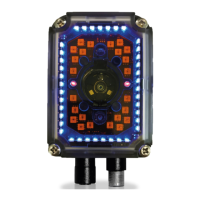
